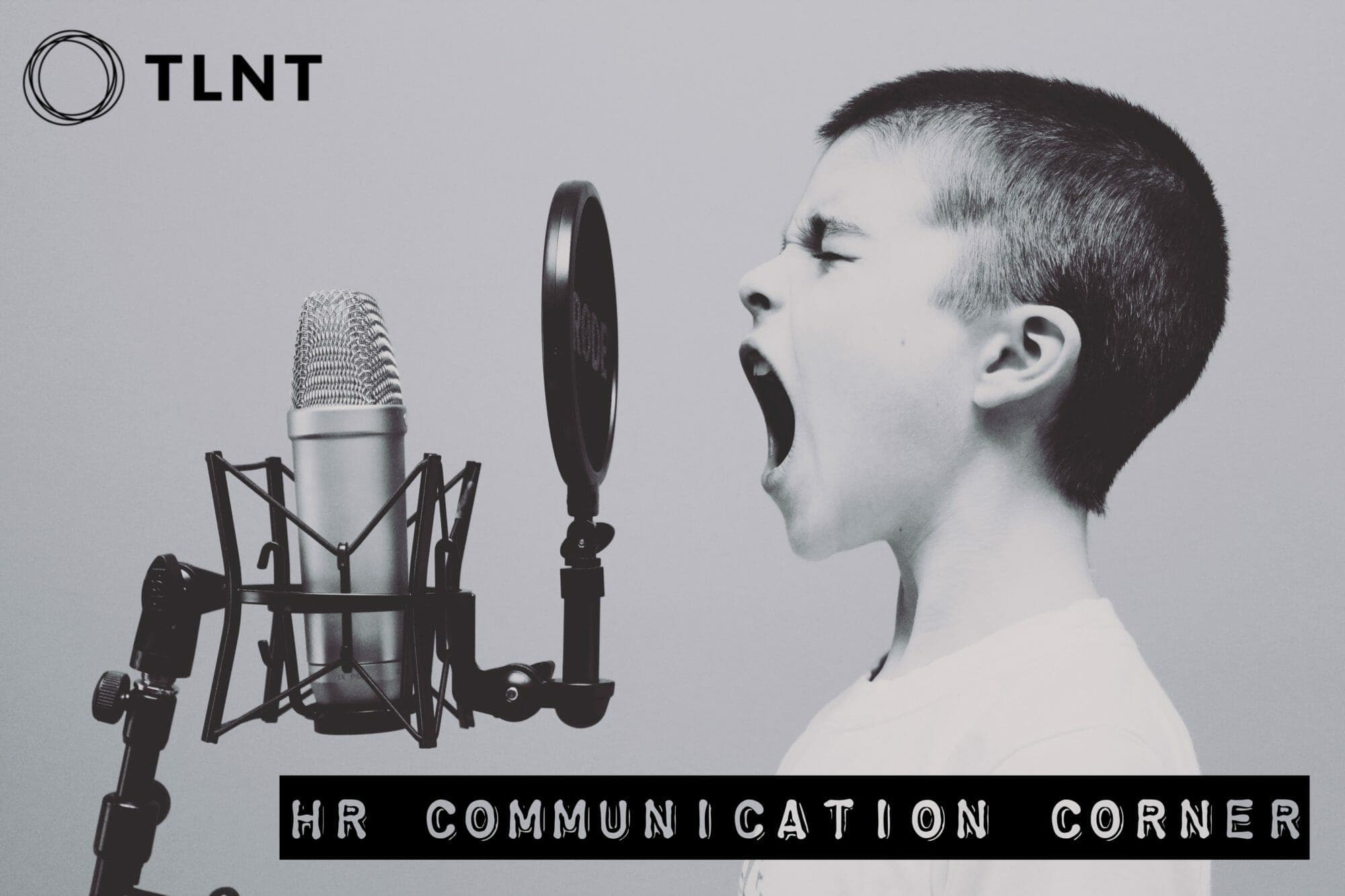Nobody decides to be a poor communicator. They become ineffective through neglect. Instead of mindful, intentional communication, they adopt clichés and platitudes to get them by on far too many occasions:
‘’We’ve decided to go in a different direction.”
“Your check is in the mail.”
“I hope you’re well.”
“We’ll be back in touch soon.”
Start with the fact that throwaway lines like these are harmless enough (as long as they’re true!). But to stand out as a great communicator, selecting the best words, approaches, and processes to get your message across can make a significant difference in how others judge your competence — not to mention how willing they are to trust you with their personal “truths.”
So while we’re speaking of truth, here’s mine for this new year: I’ve decided to go in a different direction. No, seriously. Not a cliché for turning down job applicants. I really am going in a different direction for the new year. (More about that later.)
This will be my final weekly column. I’ve been writing articles for TLNT for the past seven years, and for the last year or so, writing the weekly “HR Communication Corner.” [Editor’s note: Thank you, Dianna, for all your contributions to helping HR leaders be better communicators!] So I’d like to leave you with key communication principles from the past seven years:
21 Top Communication Tips That Can Expand Your Influence and Increase Your Impact
- Be real. Let authenticity form the core of every conversation, coaching session, correspondence, or encounter. Connect on a human level. Be approachable, empathetic, and transparent.
- Listen attentively to what others say to you — not just the facts but the feelings and intentions behind the facts.
- Verify assumptions — yours and those of others. Ask people questions about what you’ve said to verify that they actually walk away with the conclusion you intend.
- Guide discussions with strategic, open-ended questions rather than declarative statements that imply you have all the answers.
- Answer questions directly. Don’t play dodge ball with vague generalities that confuse and do not amuse.
- Mediate conflict before it cripples your team. Unresolved conflict can divert focus, drain emotional energy, and decrease productivity for everyone.
- Respond promptly to questions or requests — even if your response is simply to tell the asker that you don’t have an answer yet or can’t take the action immediately. Let them know when to expect your complete response.
- Become known as a coach, not a critic. Offer insight, mentoring, feedback, resources, encouragement, and accountability.
- Present your ideas concisely. If you can’t write your bottom-line message in a sentence, you can’t say it in an hour.
- Prepare thoroughly for presentations so you can deliver information or recommendations with confidence and credibility rather than in a monotone accompanied by nervous fidgeting.
- Make your bottom-line message your top-line message in emails and reports. Think before you write — not as you write. Consider the reader’s interest: what they want, what they already know, and how they will react. Then include and organize the appropriate details accordingly.
- Be a productive meeting participant. Assume responsibility for outcomes. Never value group harmony above truthful feedback and innovative ideas.
- Take charge when you lead meetings. Make your meetings matter. Plug power into your agenda by using laser-focused questions that lead to solid analysis, clear decisions, and specific follow-up actions.
- Never mistake consensus for efficiency or effectiveness.
- Praise publicly. Reprimand privately.
- Disagree when you must, but never be disagreeable in your tone, attitude, or actions.
- Take a stand on issues you care about. Be persuasive, not just informative.
- Assume responsibility for your mistakes or poor decisions. Set the standard for accountability.
- Communicate trust to earn trust — from a boss, co-workers, or clients. Providing explanations and your reasoning behind a decision — even the bad news — lets others know that you trust their ability to accept change or deal with truth.
- Understand how your personal presence affects how others react to your communication. Personal presence encompasses how you look, talk, think, and act. Your appearance (posture, gestures, walk, movement, dress, facial expressions, energy) communicates your self-image. Your personal presence opens or closes the door on many opportunities.
- Communicate with humility. Accept the premise that you could be wrong, that your “facts” are only opinions, and that others also have valuable input to the discussion or situation.
As others before me have said, “Communication is the basic business act.” Nothing happens until someone communicates. Make your personal communication the model for trust, competence, and influence.
Oh, yes. About that “new direction”: In addition to writing my own books, I’m now focusing on Booher Book Camps to help other professionals sell their books to major publishers and get their ideas out into the world.
So all my best wishes for your continued success in the meaningful work you do on behalf of your organization — and those employees who depend on your advice for their future success!
